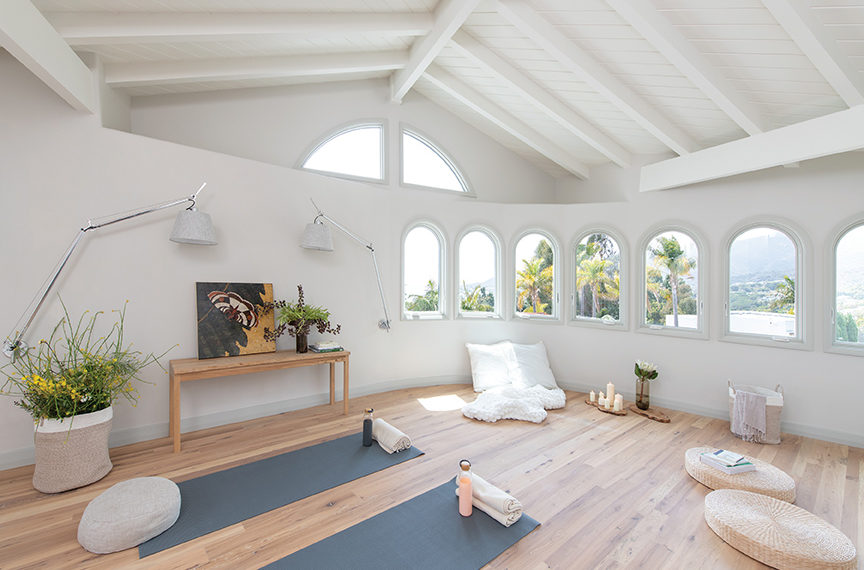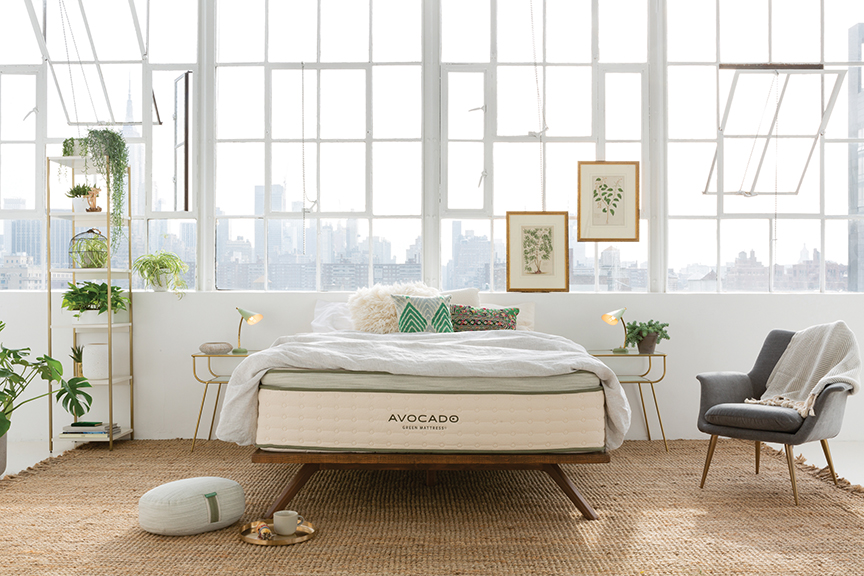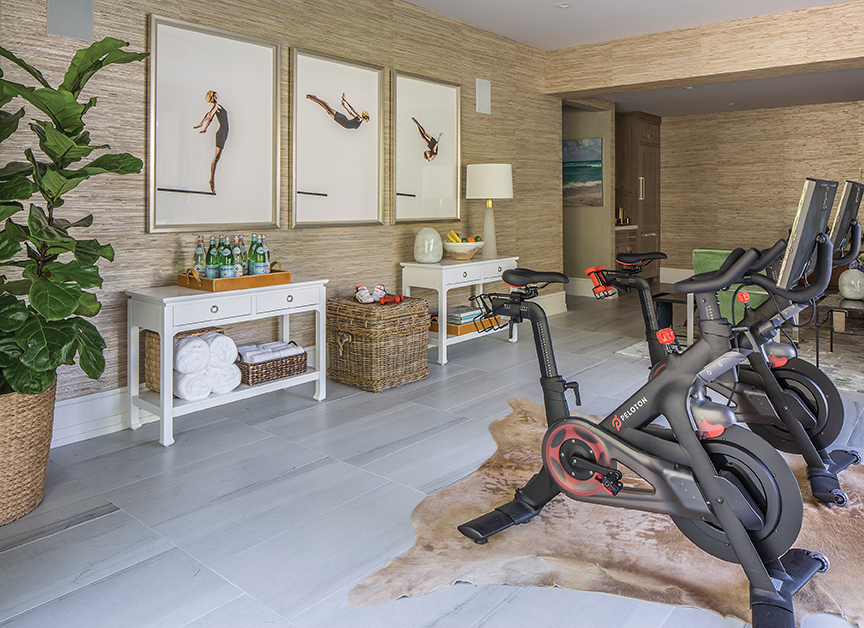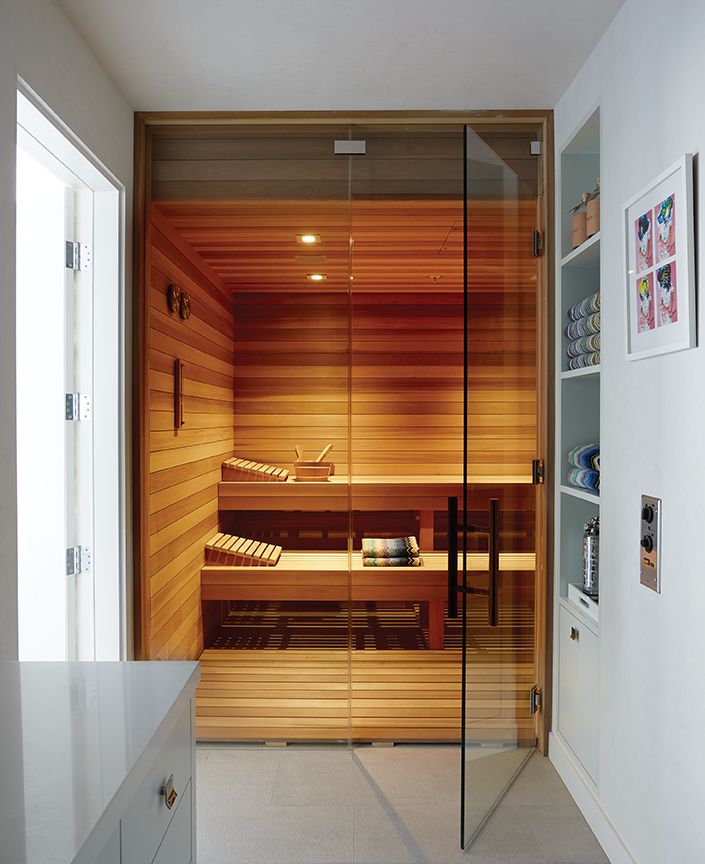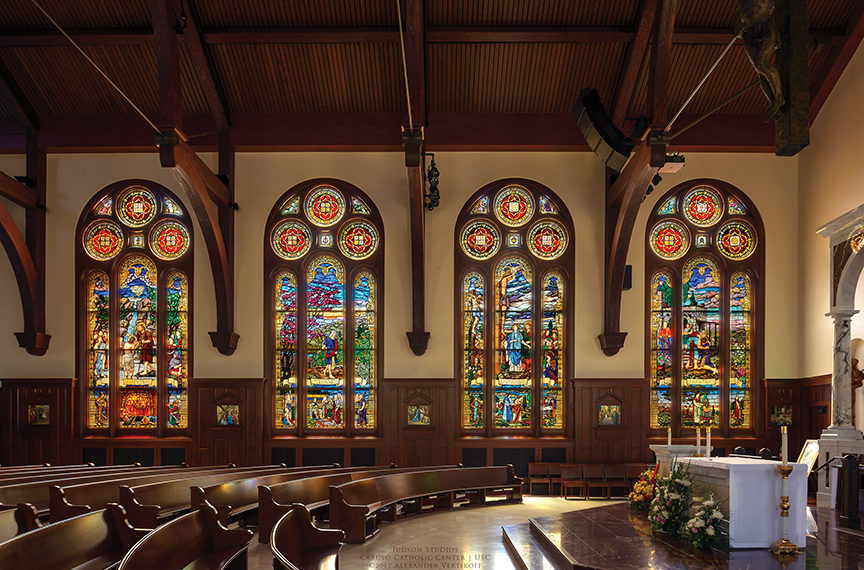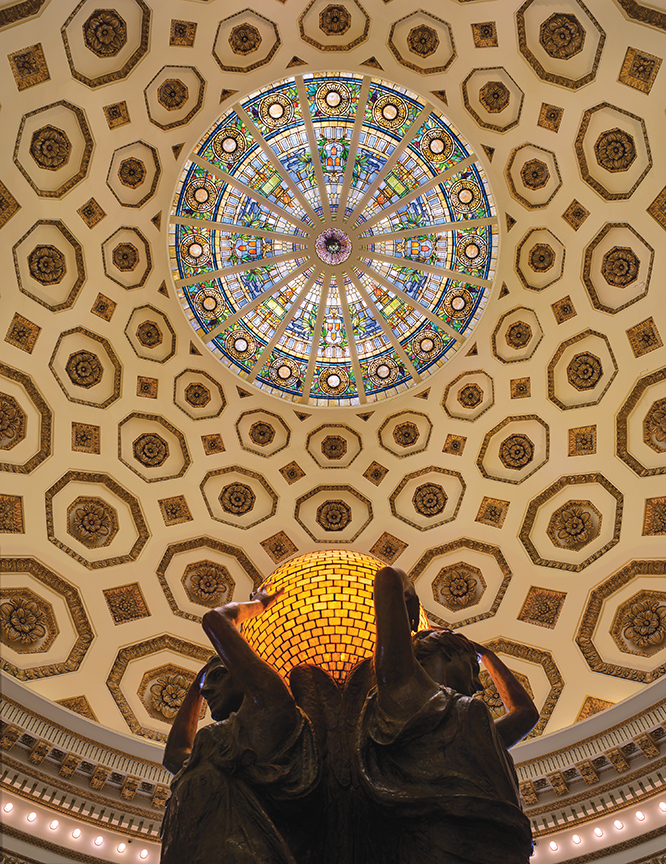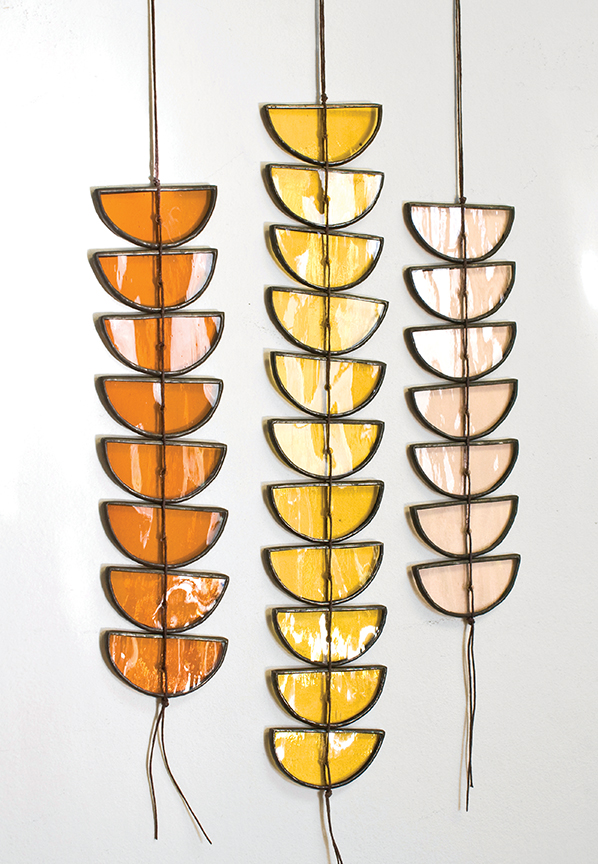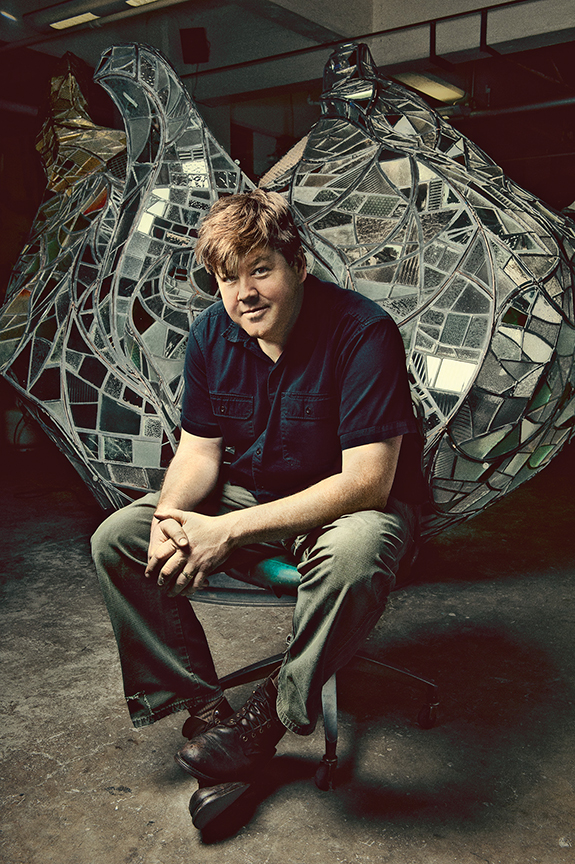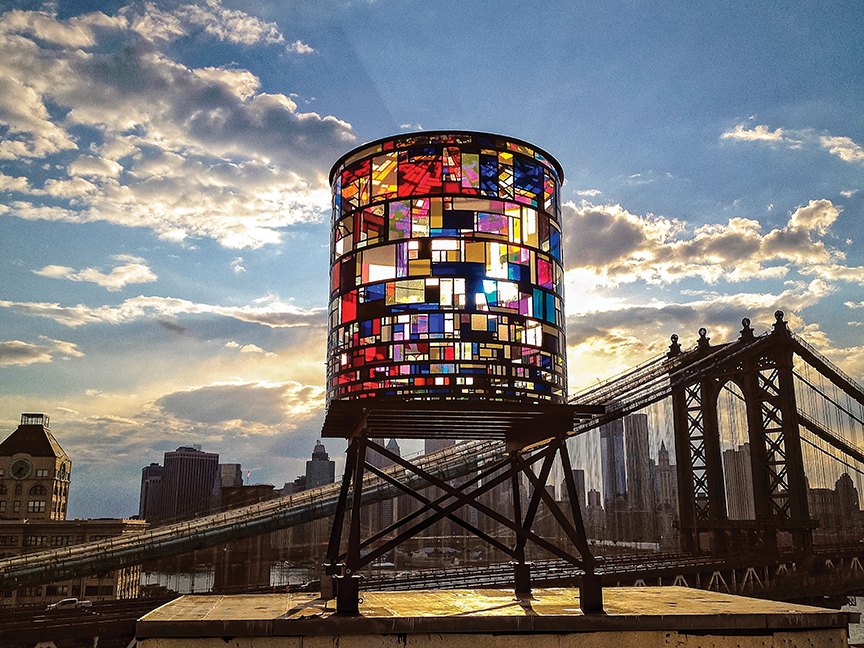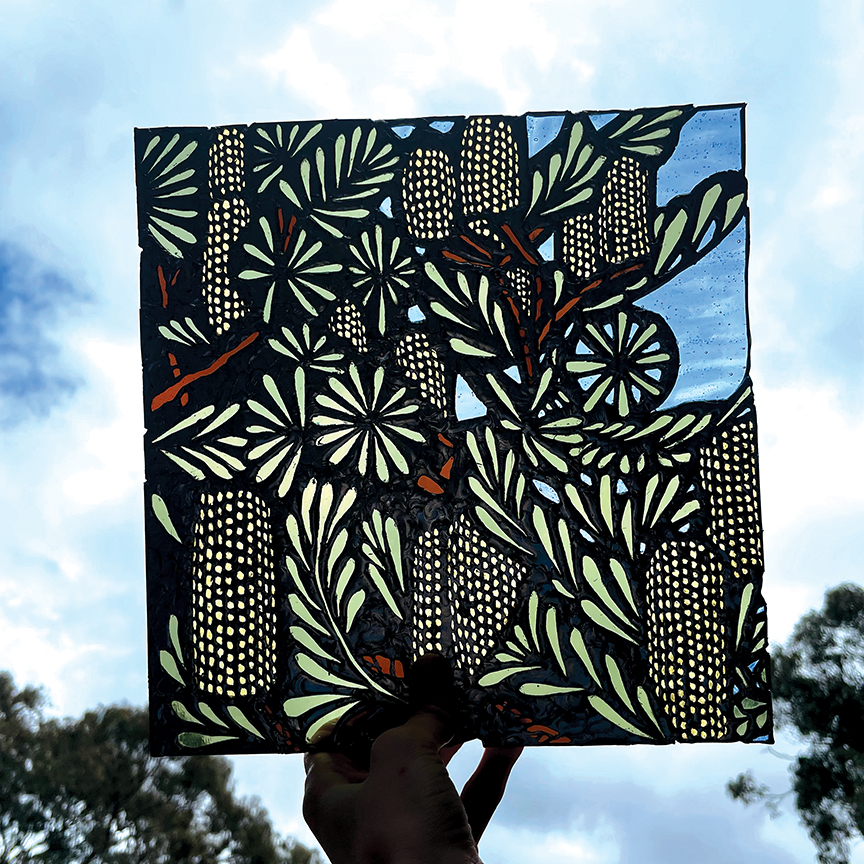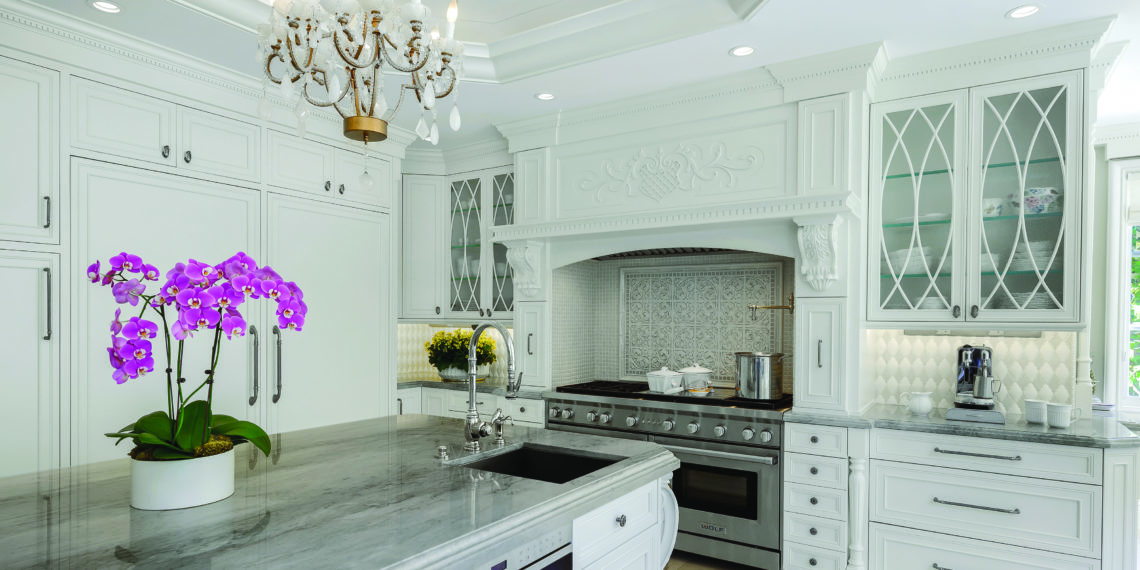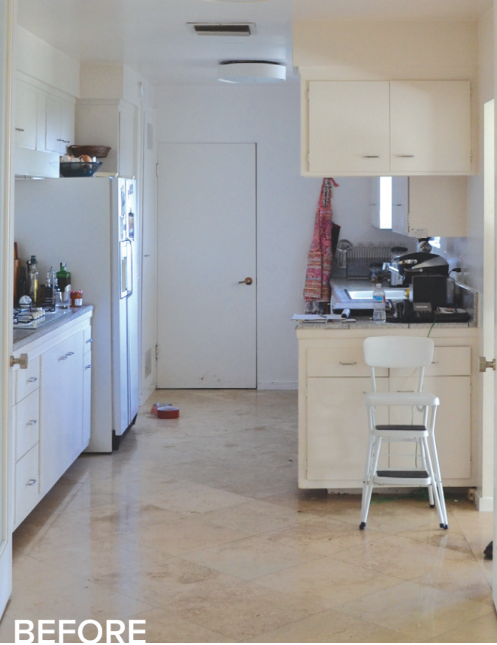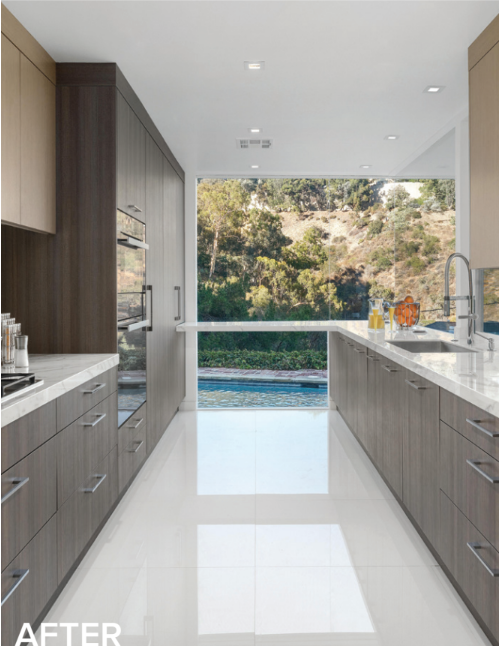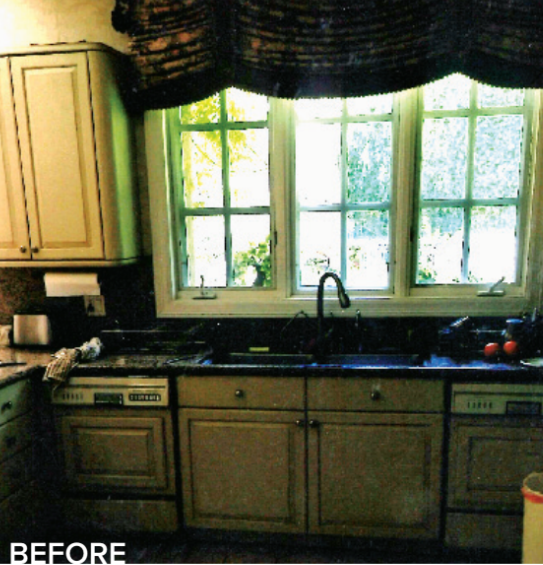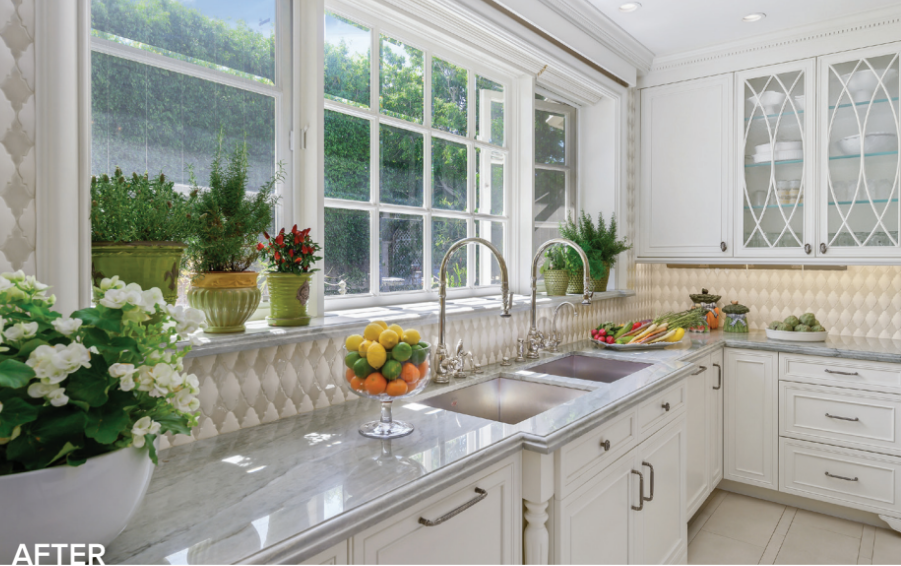By Marlene Ridgway • Photos by Rodrigosnaps, Inc.
Picture surfing over the waves. The concept went viral almost as soon as it was announced and is only growing in popularity. We talked with the founder and CEO of Lift Foils to discuss how the unique concept came to be, and some of the challenges along the way.
Nick Leason, founder and CEO of Lift Foils explains that the project has been over 10 years in the making. “I witnessed hydrofoiling in person for the first time when I saw a friend riding one of the first carbon fiber rigs made for kitesurfing,” he says. As an engineer, Leason has always appreciated how things work and inspiration sparked.
From there, he originally launched Lift Foils in his garage in Puerto Rico. “It was magic to see someone flying two feet over the water on a surfboard. It took years of research and development, but the concept went viral once announced, amassing followers and avid riders across the globe.”
Lift Foils made its first prototype in 2015, when the company found a way to apply technology from smartphones, drones, and electric vehicles to the design. Yet, the process was far from simple. “To be honest,” Leason says, “the entire journey has been challenging. From design concepts to team building to manufacturing supply chains, every day is a new challenge.” But, the end result is an impressive feat. Efoils have a truly futurist aesthetic to them, especially when they’re gliding over the water without wind or waves.
The best part about the personal watercraft, is that almost anyone can use them almost anywhere. “Whether you’re a complete beginner or an experienced surfer, the Lift eFoil allows you to craft the adventure that’s best for you with an all-electric, silent motor that glides through any body of water,” says Leason. Standing, kneeling or laying, users control the board with a bluetooth remote with built-in safety features, making Lift Foils simple to ride and enjoyable for experienced or inexperienced users. The company strives to perfect the classic foil lineups and now offers the LIFT3, LIFT3 F, and coming soon is the LIFT3 Elite.





